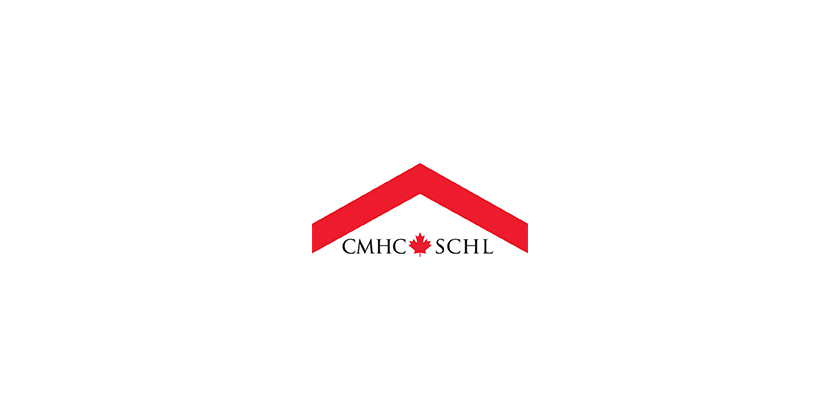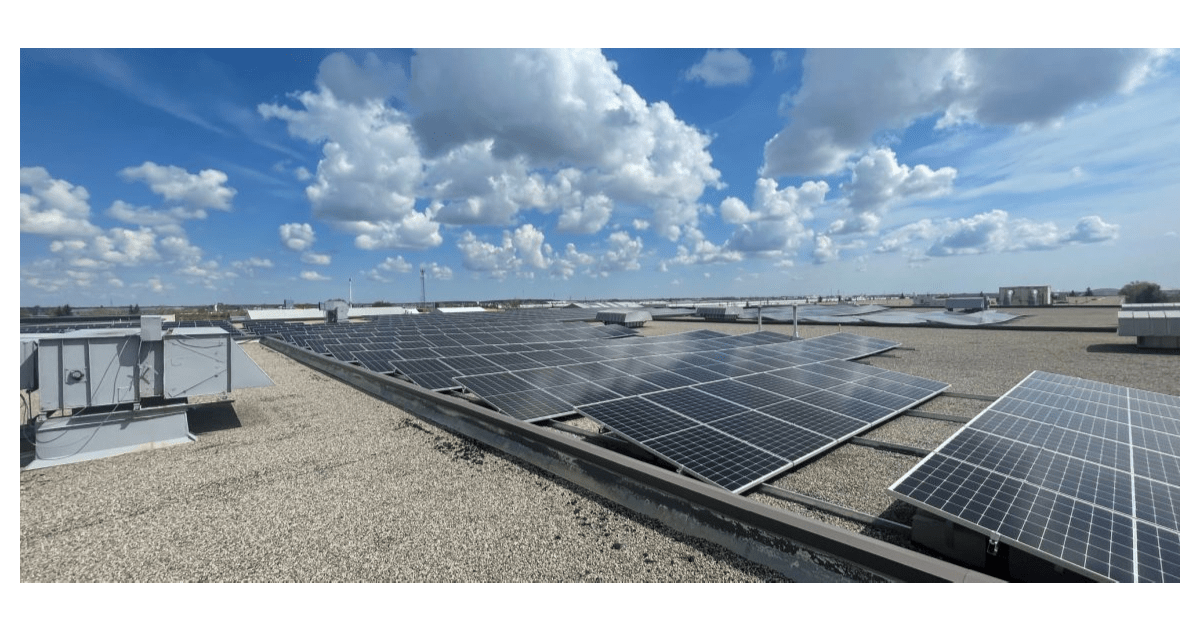Shifts: Emerging Low-Voltage Trends, Impacts and Opportunities for the Canadian Electrical Channel

June 12, 2017
The shift from electrical to digital systems, and the emerging low-voltage power options to supply them, may be the biggest change the electrical industry has seen in the last 100 years. This transition is having significant impact on every aspect of the traditional electrical channel, from product conception, production, sales, delivery and installation.
Equipping the channel to embrace emerging technologies, specifically those related to low-voltage direct current (LVDC) power developments,* and opportunities derived from LVDC systems, is the purpose of this research study by Electro-Federation Canada. The segments identified as growth areas in the LVDC market are LED lighting, sensors and controls, data connectivity and security, and renewables and battery storage.
But when do these opportunities become gainful? At which point will this new technology pass the “threshold of no return” in the electrical industry? Remember how quickly LEDs reached the tipping point and gained wide market adoption? LVDC-powered systems and applications are increasingly being produced, sold and installed today based on growing end-user demands — the heightened benefits and opportunities of this technology point to the widespread integration and use of electrical products in LVDC environments.
Five key report findings
1. Market demand: research findings confirm that market demand is underway. The rapid growth of DC‐run digital equipment, such as computers, media equipment, variable-speed drives and electronic lighting, has led to a situation where we generate power in DC, convert it to AC for delivery, and then convert it back to DC at points of use, losing up to 30% of the supplied energy. DC-fed digital devices are taking the market lead ahead of AC motors. This has opened the market for LVDC power supply systems, which operate at voltages under 60Vdc and are classified as touch-safe. Moreover, as renewables and battery storage (both DC) join the grid as economical sources of power supply, direct current is increasingly a logical choice for in-building supply.
2. Partnerships and new players: market trailblazers are developing strategic partnerships to promote LV adoption. One example is EMerge Alliance, a group of more than 80 industry players formed for just this purpose. Others are leaders such as Cisco and Armstrong, each partnering with lighting and controls manufacturers. Many electrical manufacturers are already offering low-voltage solutions, and require help to bring their products and solutions to market. New players are quickly entering what was formerly the sales scope of the electrical channel. These new players are marking their territory in this low-voltage space to fill a void that the electrical industry has not yet met, and in doing so are bringing about channel disruption.
Over time, fewer but larger players will emerge, either from within the electrical channel or from outside the channel, who will offer end-to-end solutions for full systems integration. Those existing players who recognize these changes as a natural evolution and address it will rise, while those who do not run the risk of becoming marginalized.
3. Market adoption: the industrial sector was the first to pursue energy-saving opportunities presented by the Internet of Things (IoT). The commercial sector is also very active, given goals for net-zero buildings and LEED-certified smart buildings. Property managers and building owners are looking for integrated systems to reduce energy costs, optimize how space is used, and enhance the overall in-building experience of occupants. In-building distribution options are rapidly developing, which combine power and communications over the same connected cable, and two types of systems lead the way:
• PoE (Power over Ethernet) systems
• DLVP (Distributed Low Voltage Power) systems
The residential DC industry is in a much earlier stage of development, but it will present the largest market sector for DC building power. Home buyers today are more interested in smart home features and technology than they were two to five years ago.
4. Codes and standards: the need and demand for standards that address application design and the installation of LVDC systems, is high. Regulators all over the globe are collaborating with industry to refresh existing electrical codes, and in particular to clarify and establish codes and standards for combining power and communications over the same cable. New changes in the works for the 2018 Canadian Electrical Code include:
• new Subsection 16-300: Class 2 Power and Data Communications
• revised Table 19: Wire and cable conditions of use
5. New trades: electricians have long been the chosen installer for most electrical work, but these new LVDC systems are pulling in a new set of installers:
• instrumentation and electrical (I&E) technicians
• electrical and control (E&C) technicians
• lighting technicians
• IT Technicians
These trades offer electrical skills, matched with IT knowledge of electronics and software—a pairing especially important when we consider the safety, cybersecurity and privacy concerns associated with integrated electrical and data communication systems. Electrical contractors, the market mainstay for electrical project design and installation, also now have new players to compete with: System Integrators and I&E contractors. These players offer network and software skills to design, procure, install, program and commission multi-element sensing and control systems.
Where are we now?
Manufacturers are in competition and have proprietary protocols that prevent other manufacturers’ devices or systems from integrating with their own. Manufacturers need to consider providing APIs (application program interfaces), or adopt a common communications platform (e.g., BacNet) if systems such as lighting, HVAC and Security are to communicate with one another.
How close is LVDC to the tipping point?
Let’s not underestimate it. Consider how fast LEDs reached the tipping point in adoption. Take action now!
Watch for more coverage of the report in upcoming issues of EIN. In the meantime, find out how you can obtain the full report, including detailed findings on low voltage power trends and industry recommendations: http://www.electrofed.com/market-research/
* In this report, ‘LVDC’ refers to voltages <60Vdc, which is a common interpretation among end users, wholesale distributors, manufacturers and other channel members who design, supply and install electrical products. In the electrical market, this voltage level is occasionally referred to as Extra-Low-Voltage, and sometimes by the safe-to-touch classification of SELV – Safety (Separated) Extra-Low-Voltage (see Glossary).



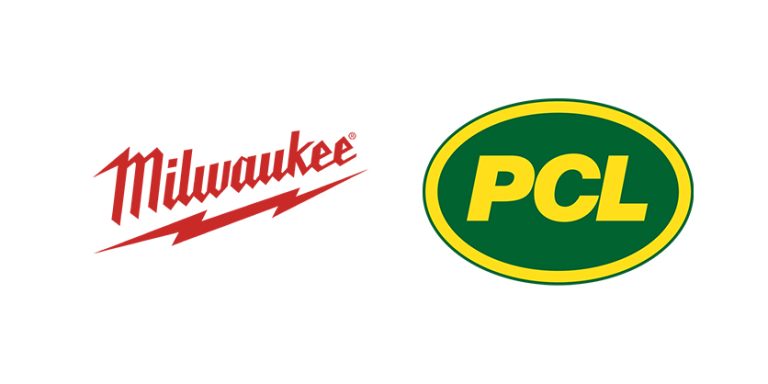
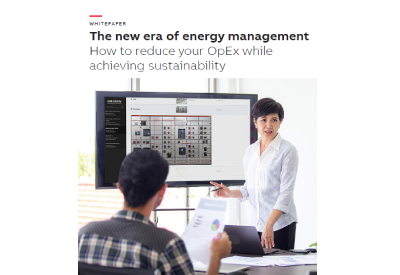

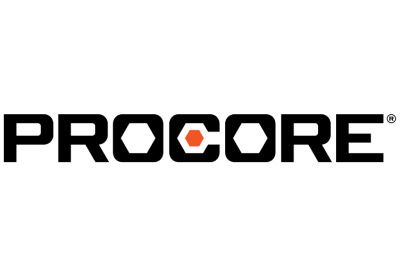
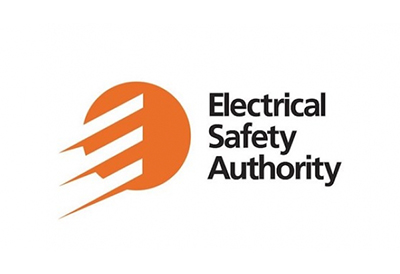
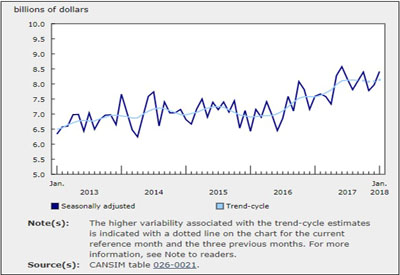

![Guide to the Canadian Electrical Code, Part 1[i] – A Road Map: Section 38](https://electricalindustry.ca/wp-content/uploads/2022/11/Guide-CE-Code-2.png)
